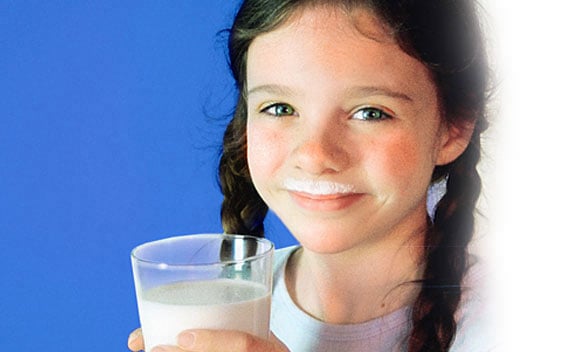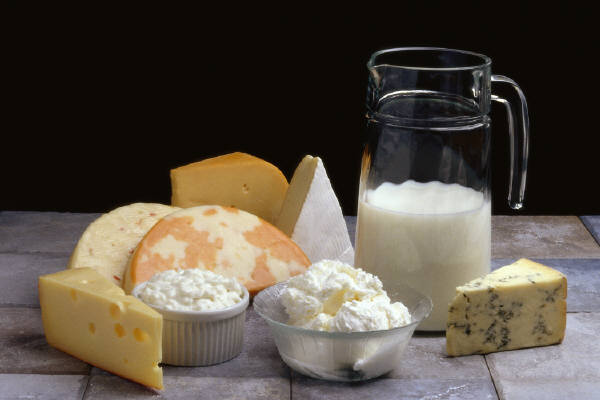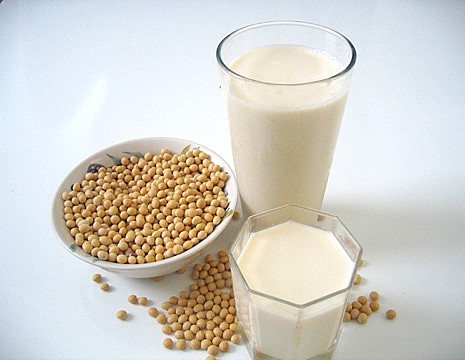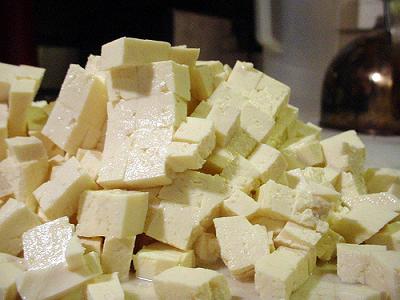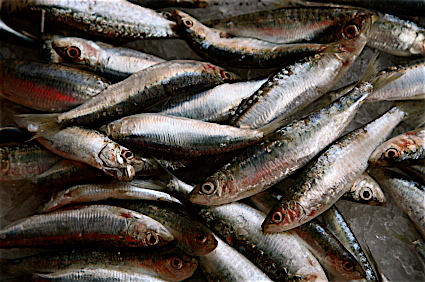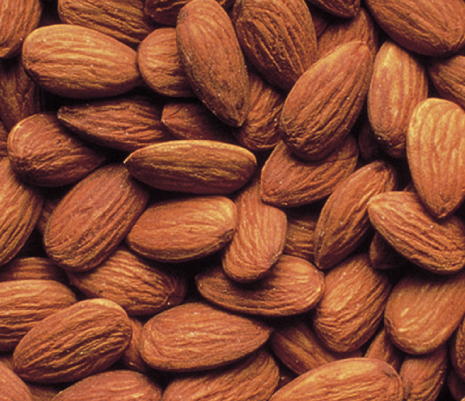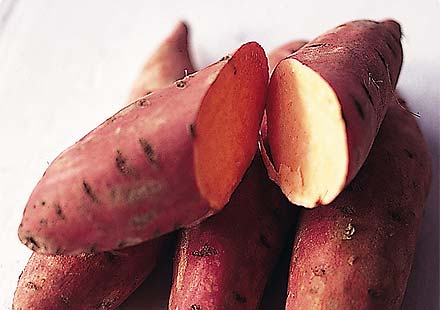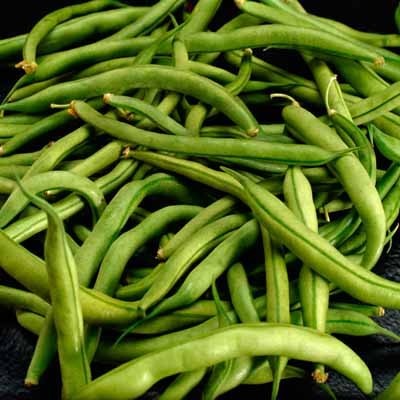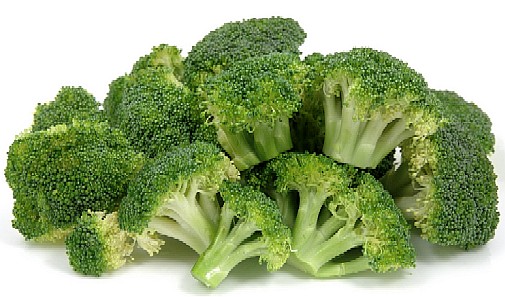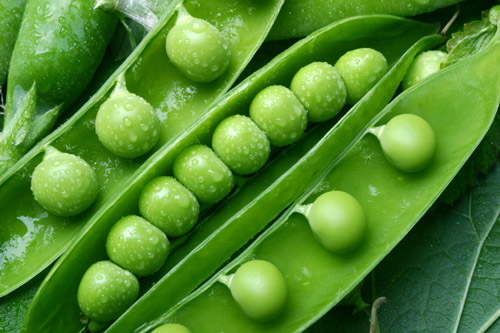Along with other nutrients, calcium is also necessary for a child’s growth. Calcium is needed to build strong bones and teeth in kids, keeping them healthy as they get older. Kids and teens need loads of calcium to build strong bones which last for a long time. Calcium helps in regulating the heartbeat. If your child’s intake of calcium-rich food is insufficient, the body starts taking calcium from the bones. So calcium is a much needed nutrient for a child’s body. During old age, calcium prevents osteoporosis and fracture of bones.
Milk, cheese and yogurt
Milk and dairy products are a great source of calcium for kids. Most of the dairy products contain vitamin D, which is required for bone health. Milk contains the highest amounts of calcium as compared to any other food. A cup of cow’s milk has about 300 mg of calcium, about the same as 1 cup of yogurt, 1 1/2 ounces of natural cheese or 2 ounces of processed cheese. It is advisable to take low fat or non-fat milk after the age of 2 years to reduce fat intake. The low fat or non-fat milk contains the same amount of calcium as the full fat variety.
Soy milk
Normally kids don’t like to drink milk. They just can’t gulp down a glass of milk. For those kids who hate to drink cow’s milk, you can substitute cow’s milk with soy milk. One cup of soy milk contains 10 mg of calcium. But this calcium is generally difficult to absorb by the body. The calcium content in calcium-fortified soy milk is the same as the calcium content in cow’s milk and sometimes even more. Fortified soy milk is an excellent substitute for cow’s milk. Make sure to buy fortified soy milk because pure soy milk doesn’t contain enough calcium.
Molasses
The third boiling of the sugar syrup yields blackstrap molasses. Blackstrap molasses is rich in iron and potassium. Other than its high content of iron and potassium it is also rich in calcium. 172 mg of calcium is present in just 1 table spoon of molasses. It contributes 172 mg of calcium to your diet. Molasses can be used as a sweetener in deserts and baked been dishes. In summer mornings, you can have a refreshing drink rich in calcium. Take ¾ cup of milk or soya milk. Add 1 table spoon of molasses and some ice: the drink is ready.
Tofu
The calcium content in tofu depends upon the way its cooked or prepared. Tofu that is cooked with magnesium sulphate is rich in calcium than tofu cooked with magnesium chloride. The best thing about tofu preparation is that it takes the flavors of whatever you add to it. You have options of stir frying some tofu alone or with chicken. You could also have your child’s favorite tofu cut into sticks for a fun finger food. 227 mg of calcium is present in a one-half cup of firm tofu.
Fish and fish bones
Canned fish with bones provides calcium in a kid’s diet. Sardines and pilchards are particularly good sources of calcium. 430 mg of calcium is found in 100 g sardines in tomato sauce. 250 mg of calcium is found in 100 g of pilchards in tomato sauce while 500 mg of calcium is found in 100 g of sardines in oil. Make your child eat more of sardines to boost his/her calcium intake.They are a very rich source of calcium. The main challenge is to make the kids eat salmon bones. What one could do is mash the bones so they become invisible or less noticeable. This will help the kids to eat the bones with more ease.
Almonds
Almonds are rich in calcium. They contain a significant amount of calcium: a one-third of a cup contains about 110 mg of calcium, raw or roasted. Calcium is a valuable tool in preventing osteoporosis. 20-25 almonds contain as much calcium as 1/4 cup of milk. Almond skin is rich in fibre and this fibre helps in digestion. Almonds even help in lowering cholesterol levels. Kids love to eat almonds. Almond butter can be used in place of peanut butter. Almonds can be sprinkled over desserts, adding to the beauty of the dessert.
Sweet potato
55 mg of calcium is present in a sweet potato and 76 mg of calcium is present in a cup of cooked sweet potatoes. The addition of cheese or yogurt to sweet potatoes that are loaded with other nutrients enhances the calcium content of sweet potatoes. Sweet potatoes even have many anti-oxidant and anti-inflationary properties. You can make your kids eat sweet potatoes very easily. Steam them for few minutes, cut them in different shapes and dip them in honey and offer them to your kids to eat. You can even bake the sweet potatoes and follow the same procedure.
Beans
Beans are an excellent source of calcium. 30 mg of calcium is found in a cup of boiled white beans which is similar to the calcium present in a half cup of milk. 190 mg of calcium is present in a cup of canned white beans. 80 mg of calcium is found in canned chickpeas. Chickpeas are also known as garbanzo beans. Kids also love toasts with roasted garlic, white beans, a few drops of olive oil and salt and pepper.
Broccoli
Broccoli is rich in calcium content. As it is rich in calcium, it helps prevent osteoporosis. Broccoli also helps in strengthening the immune system. But it is very difficult to make kids eat broccoli. The calcium content in 2 and 1/4 cups of cooked broccoli is the same as the calcium present in a cup of milk. Yogurt, on the other hand, contains about the same amount of calcium as milk. The calcium content can be doubled by pairing blanched or raw broccoli with a simple dip made from yogurt.
Green peas
45 mg of calcium is found in one cup of green peas. Green peas are a rich source of vitamin K. And it has been found that vitamin K may help in increasing bone mineral density and bone strength. They are also rich in vitamin C , vitamin A and proteins. The calorie content is very low in green peas.To enhance their calcium content, they can be grouped or combined with dairy products.


